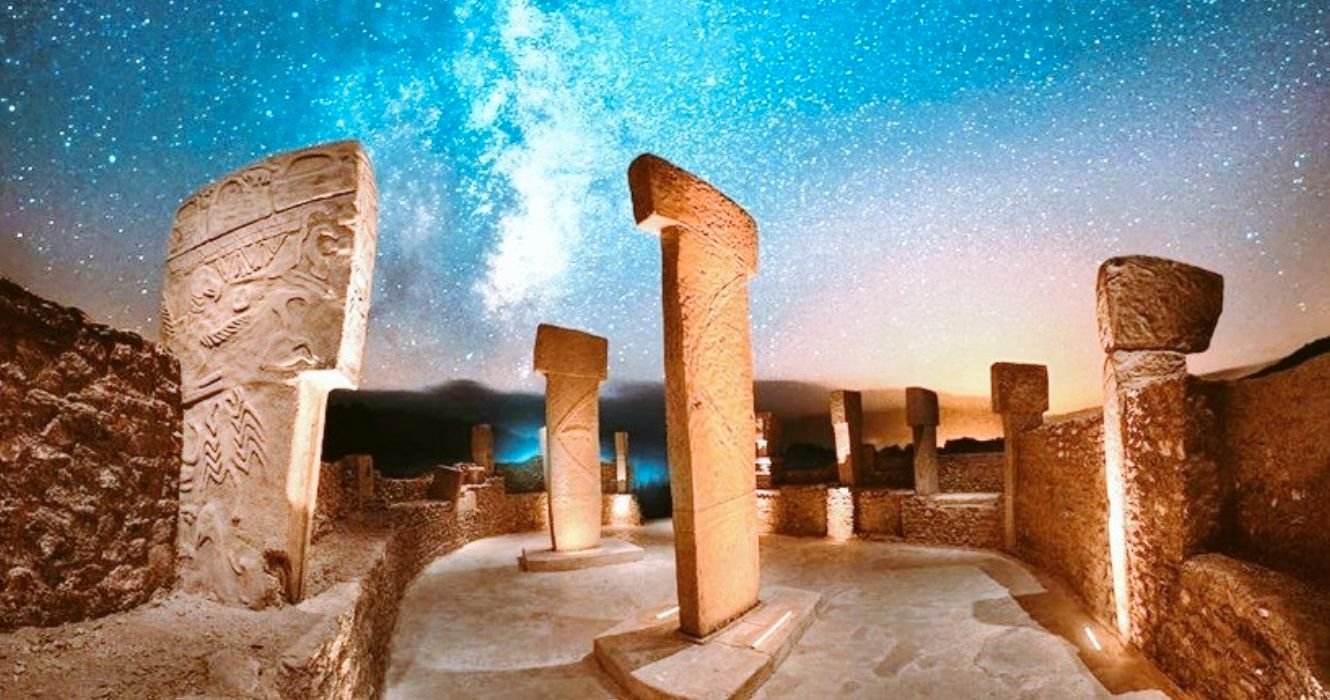The Greatest Historical Discovery (that no one talks about)
The history of mankind is way more deep than we have been told. Most people have this vague idea that humanity started somewhere in the middle east. Mesopotamia is a historical region located in the Middle East, primarily in modern-day Iraq and parts of Syria, Turkey, and Iran. The name "Mesopotamia" comes from the Greek words "mesos" (middle) and "potamos" (river), meaning "the land between rivers," referring to the Tigris and Euphrates rivers that define the region.
Göbekli Tepe was first discovered in 1963. However, at the time it was dismissed as being an unremarkable medieval burial site. Its true significance wasn't recognized until the 1990s, when the German archaeologist began further excavations in 1995. What he discovered would literally change the story of mankind’s history. Schmidt's work revealed the site’s monumental T-shaped stone pillars, carvings, and circular enclosures, which dated back to around 9600 BCE, making it the oldest known monumental site in human history. Göbekli Tepe predates the creation of Stonehenge and the Pyramids by thousands of years.
Why is Gobekli Tepe significant?
Göbekli Tepe demonstrates that monumental architecture and complex social structures existed long before the advent of agriculture, cities, and writing. It challenges traditional narratives of human history by showing that what we believed to be simple hunter-gatherers could organize, cooperate, and construct large, sophisticated ceremonial structures. This encourages a reevaluation of human history.
Advanced Symbolic Thinking
The site’s T-shaped pillars, carved with intricate animal motifs, suggest advanced symbolic thinking and a shared spiritual or ritualistic purpose.
Göbekli Tepe’s construction reflects advanced engineering and artistic skills, demonstrating the resourcefulness of early humans. This knowledge fosters appreciation for the capabilities of hunter-gatherer societies and counters stereotypes of "primitive" early humans. In short, people as far back as 10,000 years ago had incredibly sophisticated engineering and artistic skills challenging the faulty notion that primitive early humans were not capable of such feats. The site suggests that shared spiritual or religious practices may have been a driving force behind the development of cooperative societies. Understanding this highlights the central role of belief systems in shaping human culture and fostering unity.

